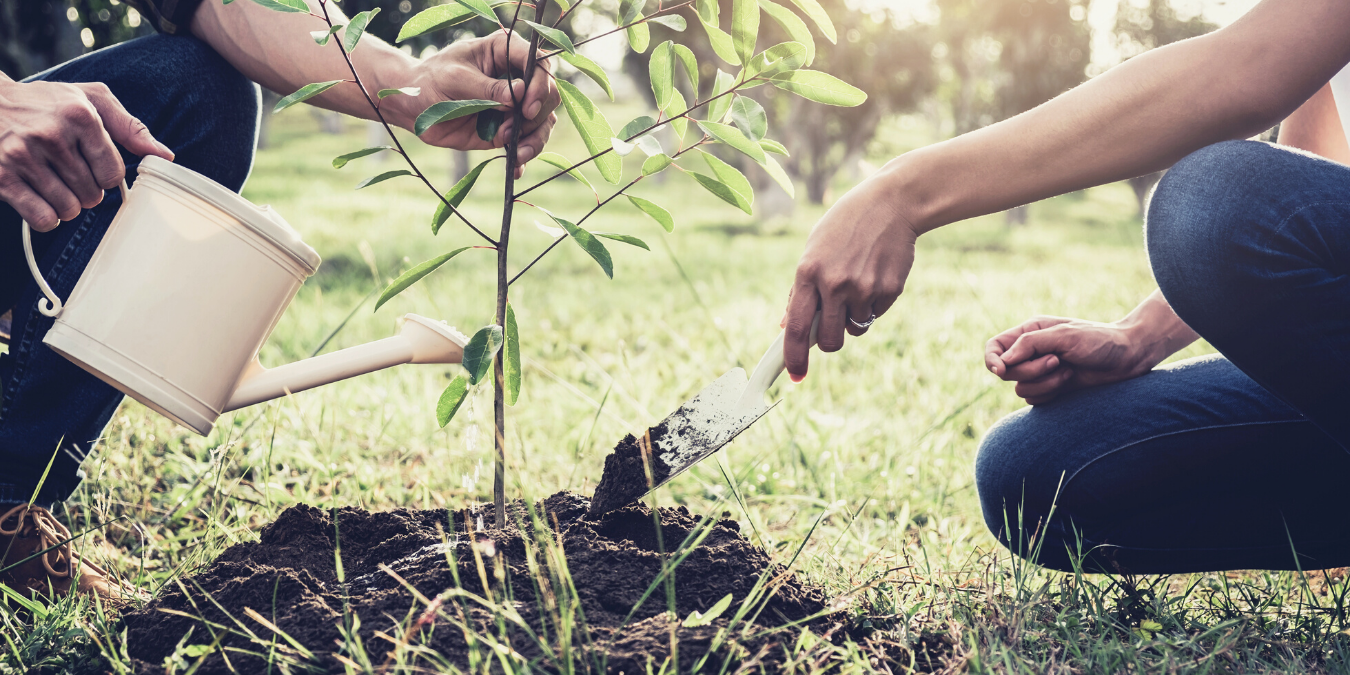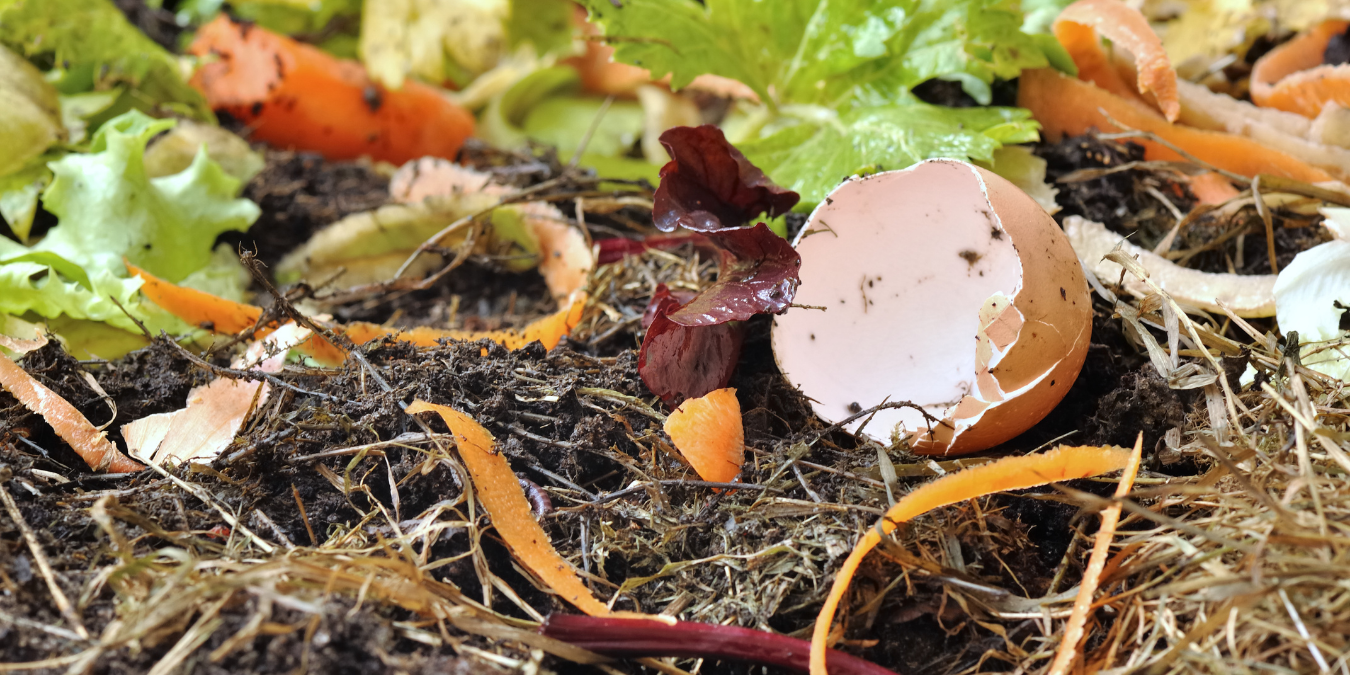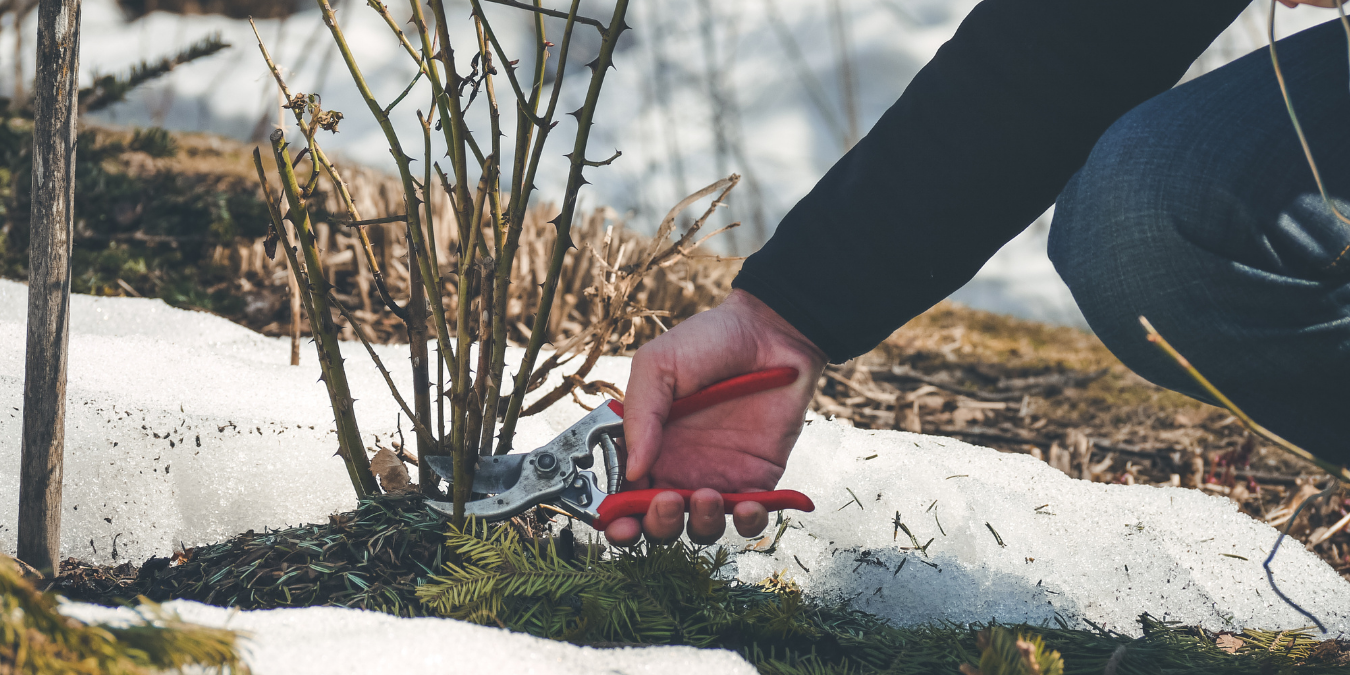If you’re considering bringing fruit trees into your garden next year, now is the time to start thinking about them! Many fruit trees fare best when planted in the late winter, so it’s important to plan ahead. When deciding what fruit trees to buy and when, there are many things to consider, including type, number of trees, placement, and levels of care.
Here are some things to know about planting fruit trees and caring for them once they’re in the ground:
Winter Dormancy
Fruit trees like apples, cherries, and pears go through a winter dormancy period. During this time, they hunker down and toughen up in anticipation of frosty temperatures, and because of this, they hold off on growing delicate new shoots, leaves, and roots. This makes winter the best time to plant fruit trees because they can be transported to their new homes with bare roots and grown with little risk of transplant shock.
Be sure to choose a time in late winter while the sapling is still dormant, but around or after your last frost date to ensure that your fresh little tree will weather the cold successfully.
Tree Type
Consider what trees you’d like to buy and how they pollinate. Some trees are self-pollinating, meaning they can fruit on their own without the help of others. However, many heirloom varieties require another tree of a similar type to cross-pollinate with, plus some bees to help out. Do your research and ensure that the varieties you intend to plant are compatible so they’ll bear delicious fruit for years to come.
Consider planting heirloom varieties of fruit trees where possible. There are plenty of Honeycrisp and Granny Smith apples available at the grocery store, while old-world cultivars like Arkansas black, pippins, and Oxfords are going extinct daily. Choosing an heirloom tree will not only give you unique fruit to share proudly with your loved ones, but the purchase will also support farms that keep historical fruits growing and have a direct impact on what fruit types are available in years to come.
Proper Placement
Knowing where you’re going to plant your new trees is just as important as knowing where to get them. Fruit trees need more space than your average garden vegetable, after all! Be sure to pick a spot with enough room to spread out the trees with their own little square of ground. Most fruit trees need about 20 by 20 feet, but full-size apple trees can require up to 35 feet square. If you’re low on space, don’t worry--dwarf trees and citrus only need 10 to 12 feet!
Regarding placement, spacing isn't the only thing you need to worry about. Your new trees will need 6 - 8 hrs of sun per day and soil with good drainage so that they don’t experience the horrors of root rot. You can always amend your soil, but you can’t tear down your neighbor’s house because they’re blocking the light, so plan accordingly!
Thoughtful Care
Once you’ve got your tree in the ground, you’re not off the hook. Fruit trees of any age, but young trees especially, require regular maintenance to ensure that they bear fruit successfully. Check out our handy care checklist below to be sure you’re giving your trees the attention they deserve!
-
Stake your young tree for the first two years of life while the roots establish to ensure that it doesn’t blow over in the first storm that comes through.
-
Water your tree weekly in dry months, but do your research. Depending on size and type, your tree will need anywhere from 2 to 50 gallons of water per week!
-
Mulch around the base of your tree to help with water retention during dry months and insulate roots from frost during cold months.
-
Fertilize with compost or a tree-friendly fertilizer once per year. Geoflora Bloom is the perfect option for an organic, slow-release fertilizer to keep your tree thriving.
-
Prune your tree once a year to maintain shape and encourage fruiting.
-
Practice pest control by keeping an eye on your tree for insects, fungal, or bacterial infections, and consider employing a regular preventative treatment to mitigate potential issues.
‘Tis the Season for Trees
Fruit trees are a wonderful investment for your garden and, when cared for properly, produce fruit in abundance year after year. Start preparing now to bring some trees home for the holidays! It’s almost time to get them in the ground, so do your research, map out your new orchard, and place your order for saplings soon. Some sought-after heirlooms are already out of stock!
For more great tips and tricks for your garden, check out our blog.




